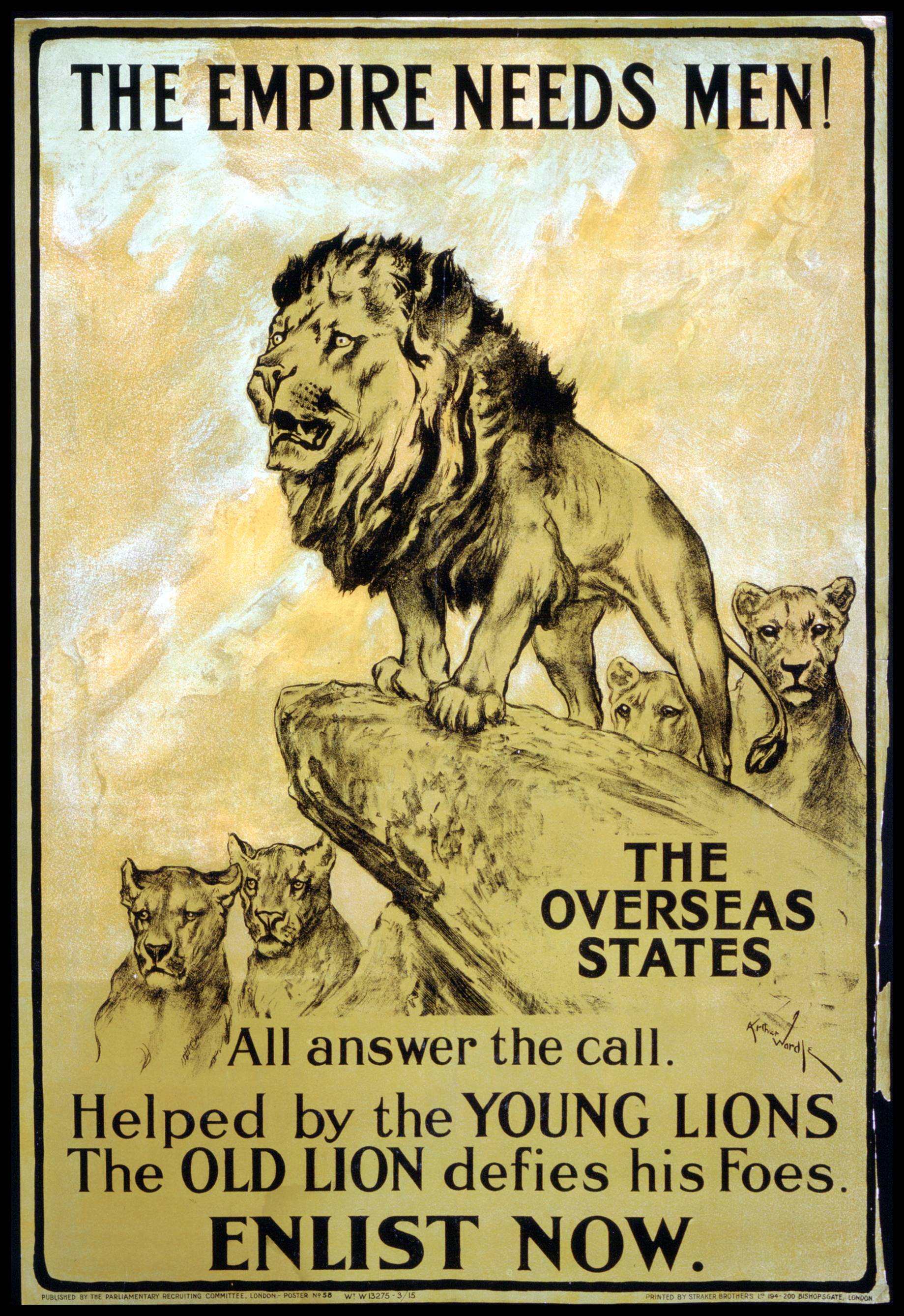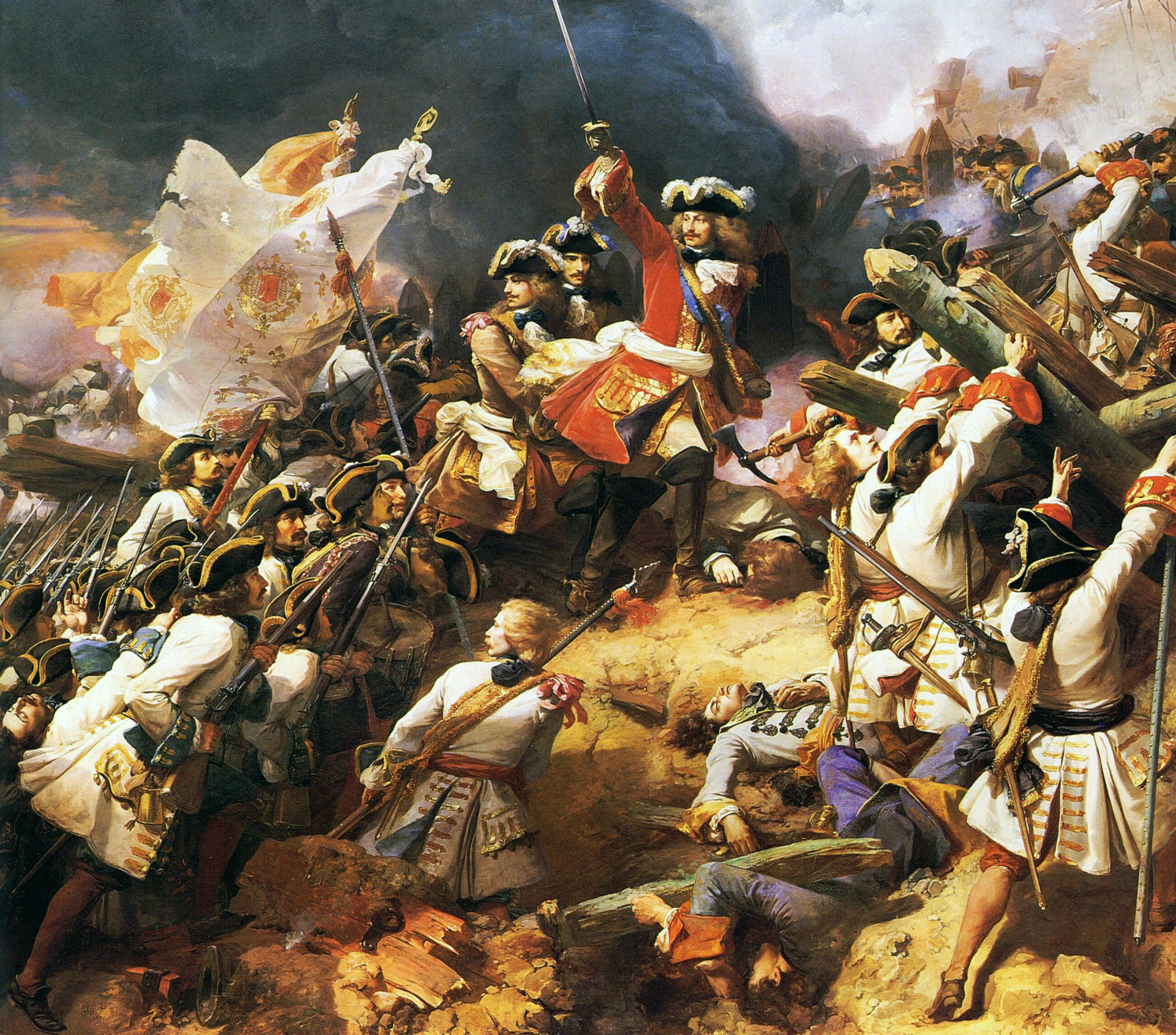|
Armoured Autocar
The Armoured Autocar was a Canadian armoured car used as a mobile machine gun nest during the First World War. Development The Armoured Autocar was developed by Major Raymond Brutinel, who immigrated to Canada from France. Brutinel, a Captain in the French Army Reserve, became a self-made millionaire in Canada prior to the beginning of World War I. At the beginning of the war, he promoted an idea to combine machine guns and mechanical mobility. Brutinel assured the Minister of Militia that he could raise a mobile machine gun unit with private funds. Raising units with private funding was a standard practise of the time. As Vickers machine guns were unavailable at the time, Brutinel travelled to the Colt Company of Hartford, Connecticut and placed an order for 20 Colt machine guns. He then travelled to the Autocar Company of Ardmore, Pennsylvania to purchase truck chassis which had a reliable reputation, and which could support the weight of the armour. He then moved on to the ... [...More Info...] [...Related Items...] OR: [Wikipedia] [Google] [Baidu] |
Canadian War Museum
The Canadian War Museum (french: link=no, Musée canadien de la guerre; CWM) is a national museum on the country's military history in Ottawa, Ontario, Canada. The museum serves as both an educational facility on Canadian military history, in addition to serving as a place of remembrance. The museum building is situated south of the Ottawa River in LeBreton Flats. The museum houses a number of exhibitions and memorials, in addition to a cafeteria, theatre, curatorial and conservation spaces, as well as storage space. The building also houses the Military History Research Centre, the museum's library and archives. The Canadian War Museum was formally established in 1942, although portions of the museum's collections originate from a military museum that operated from 1880 to 1896. The museum was operated by the Public Archives of Canada until 1967, when the National Museums of Canada Corporation was formed to manage several national institutions, including the war museum. In th ... [...More Info...] [...Related Items...] OR: [Wikipedia] [Google] [Baidu] |
Machine Gun
A machine gun is a fully automatic, rifled autoloading firearm designed for sustained direct fire with rifle cartridges. Other automatic firearms such as automatic shotguns and automatic rifles (including assault rifles and battle rifles) are typically designed more for firing short bursts rather than continuous firepower, and are not considered true machine guns. As a class of military kinetic projectile weapon, machine guns are designed to be mainly used as infantry support weapons and generally used when attached to a bipod or tripod, a fixed mount or a heavy weapons platform for stability against recoils. Many machine guns also use belt feeding and open bolt operation, features not normally found on other infantry firearms. Machine guns can be further categorized as light machine guns, medium machine guns, heavy machine guns, general purpose machine guns and squad automatic weapons. Similar automatic firearms of caliber or more are classified as aut ... [...More Info...] [...Related Items...] OR: [Wikipedia] [Google] [Baidu] |
Military History Of Canada During World War I
The military history of Canada during World War I began on August 4, 1914, when the United Kingdom entered the First World War (1914–1918) by declaring war on Germany. The British declaration of war automatically brought Canada into the war, because of Canada's legal status as a British Dominion which left foreign policy decisions in the hands of the British parliament. However, the Canadian government had the freedom to determine the country's level of involvement in the war. On August 4, 1914, the Governor General declared a war between Canada and Germany. The Militia was not mobilized and instead an independent Canadian Expeditionary Force was raised. Canada's sacrifices and contributions to the Great War changed its history and enabled it to become more independent, while also opening a deep rift between the French and English speaking populations. For the first time in Canadian military history, Canadian forces fought as a distinct unit, first under a British commander ... [...More Info...] [...Related Items...] OR: [Wikipedia] [Google] [Baidu] |
Destroyed Armoured Autocar
Destroyed may refer to: * ''Destroyed'' (Sloppy Seconds album), a 1989 album by Sloppy Seconds * ''Destroyed'' (Moby album), a 2011 album by Moby See also * Destruction (other) Destruction may refer to: Concepts * Destruktion, a term from the philosophy of Martin Heidegger * Destructive narcissism, a pathological form of narcissism * Self-destructive behaviour, a widely used phrase that ''conceptualises'' certain ki ... * Ruined (other) * {{disambiguation ... [...More Info...] [...Related Items...] OR: [Wikipedia] [Google] [Baidu] |
Canadian Expeditionary Force
The Canadian Expeditionary Force (CEF) was the expeditionary field force of Canada during the First World War. It was formed following Britain’s declaration of war on Germany on 15 August 1914, with an initial strength of one infantry division. The division subsequently fought at Ypres on the Western Front, with a newly raised second division reinforcing the committed units to form the Canadian Corps. The CEF and corps was eventually expanded to four infantry divisions, which were all committed to the fighting in France and Belgium along the Western Front. A fifth division was partially raised in 1917, but was broken up in 1918 and used as reinforcements following heavy casualties. Personnel Recruitment The Canadian Expeditionary Force was mostly volunteers; a bill allowing conscription was passed in August, 1917, but not enforced until call-ups began in January 1918 (''see'' Conscription Crisis of 1917). In all, 24,132 conscripts had been sent to France to take par ... [...More Info...] [...Related Items...] OR: [Wikipedia] [Google] [Baidu] |
Canadian Automobile Machine Gun Brigade
The Canadian Automobile Machine Gun Brigade, also known as Brutinel's Brigade or the Brutinel Brigade, was the first fully motorized unit of the Canadian Expeditionary Force (CEF) during the First World War. It was established on August 24, 1914, in Ottawa, Ontario, Canada, as Automobile Machine Gun Brigade No. 1 by Canadian Brigadier-General Raymond Brutinel, who initiated the program and was the unit's first commander. The unit played a significant part in halting the major German spring offensive of March 1918. History The brigade was originally equipped with eight Armoured Autocars mounting two Colt Model 1914 machine guns (later replaced with the standard British Vickers MG) manufactured by Autocar in Ardmore, Pennsylvania. Autocar also supplied six unarmoured support vehicles, four "roadsters" for the brigade's officers, and an ambulance. Field Marshal Sir Douglas Haig wrote that the "work of the 1st CMMG Brigade in recent operations has proved the value t ... [...More Info...] [...Related Items...] OR: [Wikipedia] [Google] [Baidu] |
Canadian Armoured Autocar1
Canadians (french: Canadiens) are people identified with the country of Canada. This connection may be residential, legal, historical or cultural. For most Canadians, many (or all) of these connections exist and are collectively the source of their being ''Canadian''. Canada is a multilingual and multicultural society home to people of groups of many different ethnic, religious, and national origins, with the majority of the population made up of Old World immigrants and their descendants. Following the initial period of French and then the much larger British colonization, different waves (or peaks) of immigration and settlement of non-indigenous peoples took place over the course of nearly two centuries and continue today. Elements of Indigenous, French, British, and more recent immigrant customs, languages, and religions have combined to form the culture of Canada, and thus a Canadian identity. Canada has also been strongly influenced by its linguistic, geographic, and eco ... [...More Info...] [...Related Items...] OR: [Wikipedia] [Google] [Baidu] |
French Army
The French Army, officially known as the Land Army (french: Armée de Terre, ), is the land-based and largest component of the French Armed Forces. It is responsible to the Government of France, along with the other components of the Armed Forces. The current Chief of Staff of the French Army (CEMAT) is General , a direct subordinate of the Chief of the Defence Staff (CEMA). General Schill is also responsible to the Ministry of the Armed Forces for organization, preparation, use of forces, as well as planning and programming, equipment and Army future acquisitions. For active service, Army units are placed under the authority of the Chief of the Defence Staff (CEMA), who is responsible to the President of France for planning for, and use of forces. All French soldiers are considered professionals, following the suspension of French military conscription, voted in parliament in 1997 and made effective in 2001. , the French Army employed 118,600 personnel (including the Fore ... [...More Info...] [...Related Items...] OR: [Wikipedia] [Google] [Baidu] |
Cleaning Armoured Cars, Canadian Motor Machine Gun Brigade April 1918 LAC 3395367
Cleaning is the process of removing unwanted substances, such as dirt, infectious agents, and other impurities, from an object or environment. Cleaning is often performed for aesthetic, hygienic, functional, environmental, or safety purposes. Cleaning occurs in many different contexts, and uses many different methods. Several occupations are devoted to cleaning. Contexts Cleaning occurs in various commercial, domestic, personal, and environmental contexts, which differ in scale and requirements. * Commercial cleaning, in business or other commercial settings ** Terminal cleaning, in healthcare settings * Environmental remediation, the removal of pollution or contaminants from the natural environment * Housekeeping, including spring cleaning * Hygiene, including personal grooming Methods Cleaning is broadly achieved through mechanical action and/or solvent action; many methods rely on both processes. * Washing, usually done with water and often some kind of soap or deterg ... [...More Info...] [...Related Items...] OR: [Wikipedia] [Google] [Baidu] |
First World War
World War I (28 July 1914 11 November 1918), often abbreviated as WWI, was one of the deadliest global conflicts in history. Belligerents included much of Europe, the Russian Empire, the United States, and the Ottoman Empire, with fighting occurring throughout Europe, the Middle East, Africa, the Pacific, and parts of Asia. An estimated 9 million soldiers were killed in combat, plus another 23 million wounded, while 5 million civilians died as a result of military action, hunger, and disease. Millions more died in genocides within the Ottoman Empire and in the 1918 influenza pandemic, which was exacerbated by the movement of combatants during the war. Prior to 1914, the European great powers were divided between the Triple Entente (comprising France, Russia, and Britain) and the Triple Alliance (containing Germany, Austria-Hungary, and Italy). Tensions in the Balkans came to a head on 28 June 1914, following the assassination of Arch ... [...More Info...] [...Related Items...] OR: [Wikipedia] [Google] [Baidu] |
Canada
Canada is a country in North America. Its ten provinces and three territories extend from the Atlantic Ocean to the Pacific Ocean and northward into the Arctic Ocean, covering over , making it the world's second-largest country by total area. Its southern and western border with the United States, stretching , is the world's longest binational land border. Canada's capital is Ottawa, and its three largest metropolitan areas are Toronto, Montreal, and Vancouver. Indigenous peoples have continuously inhabited what is now Canada for thousands of years. Beginning in the 16th century, British and French expeditions explored and later settled along the Atlantic coast. As a consequence of various armed conflicts, France ceded nearly all of its colonies in North America in 1763. In 1867, with the union of three British North American colonies through Confederation, Canada was formed as a federal dominion of four provinces. This began an accretion of provinces and ... [...More Info...] [...Related Items...] OR: [Wikipedia] [Google] [Baidu] |





